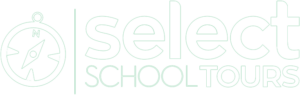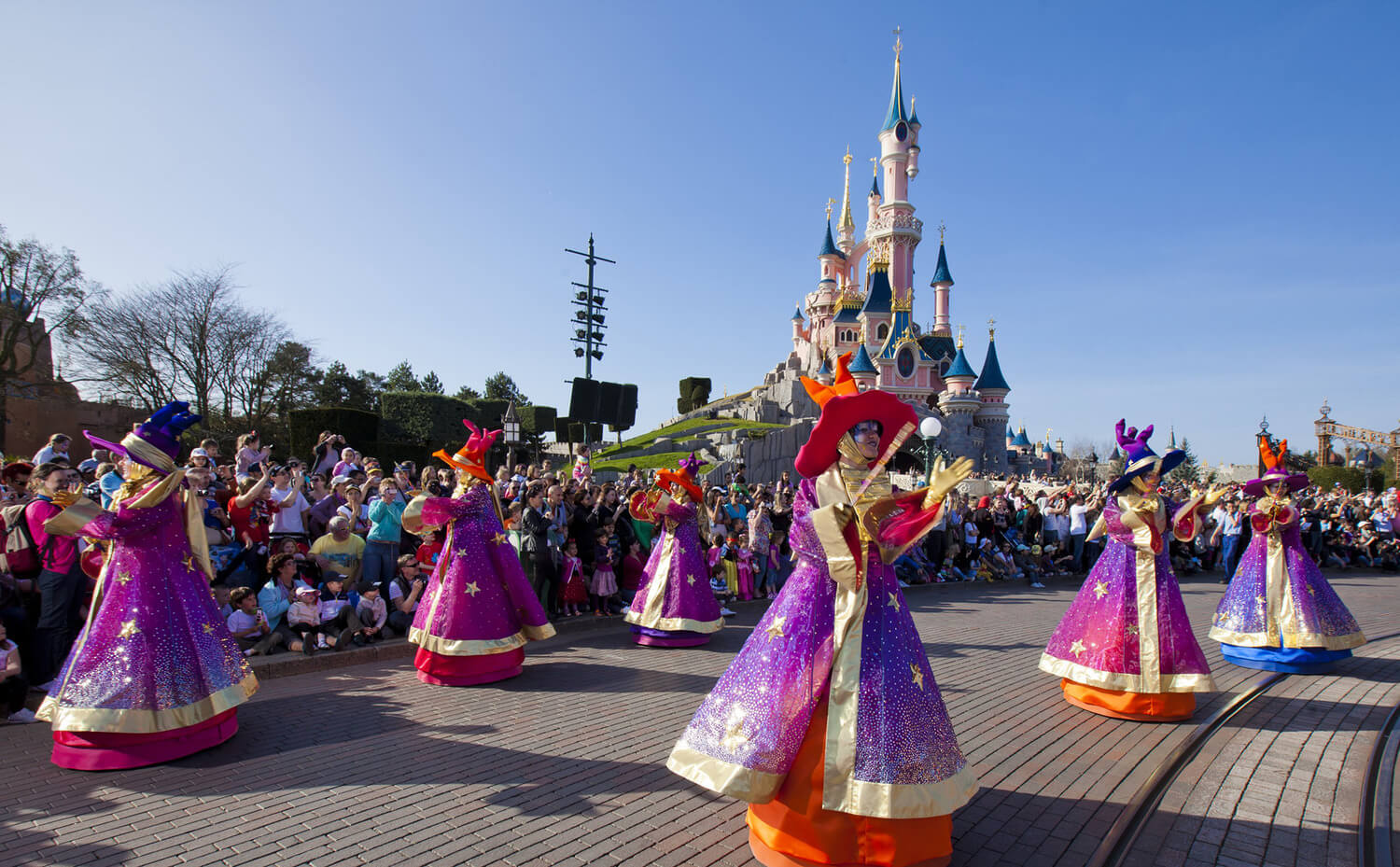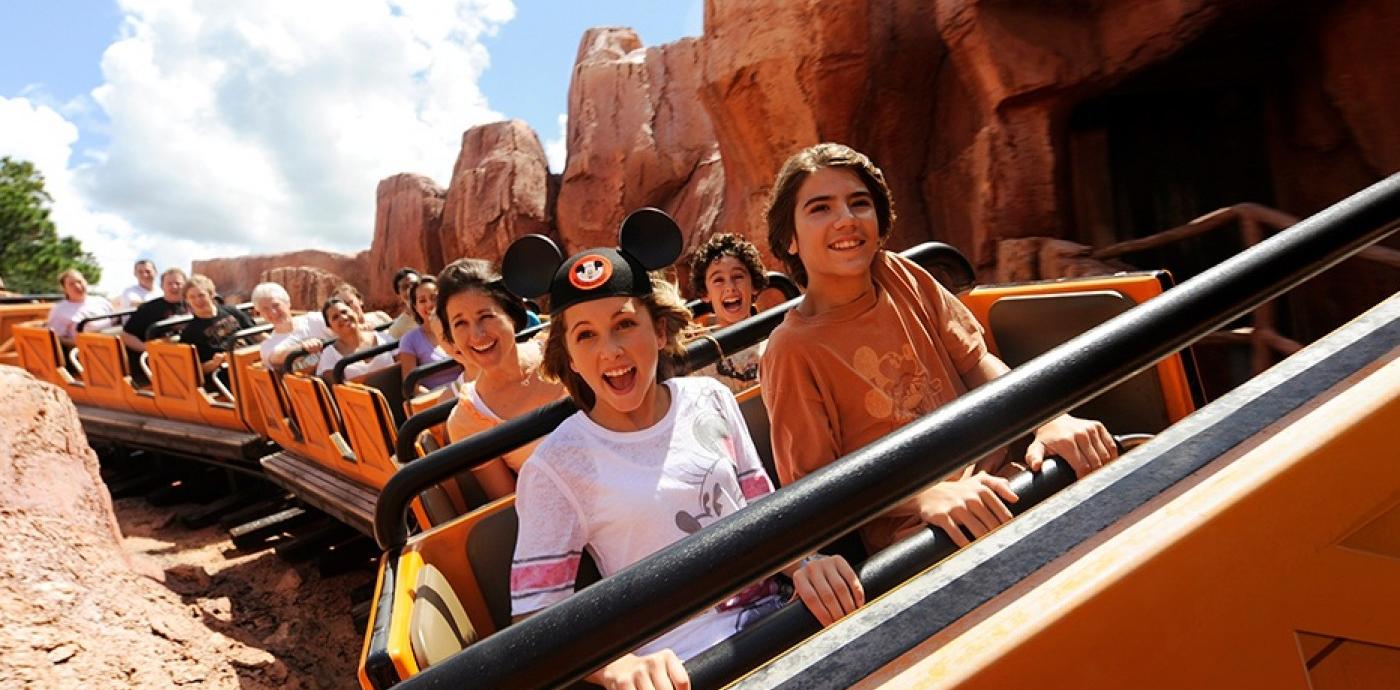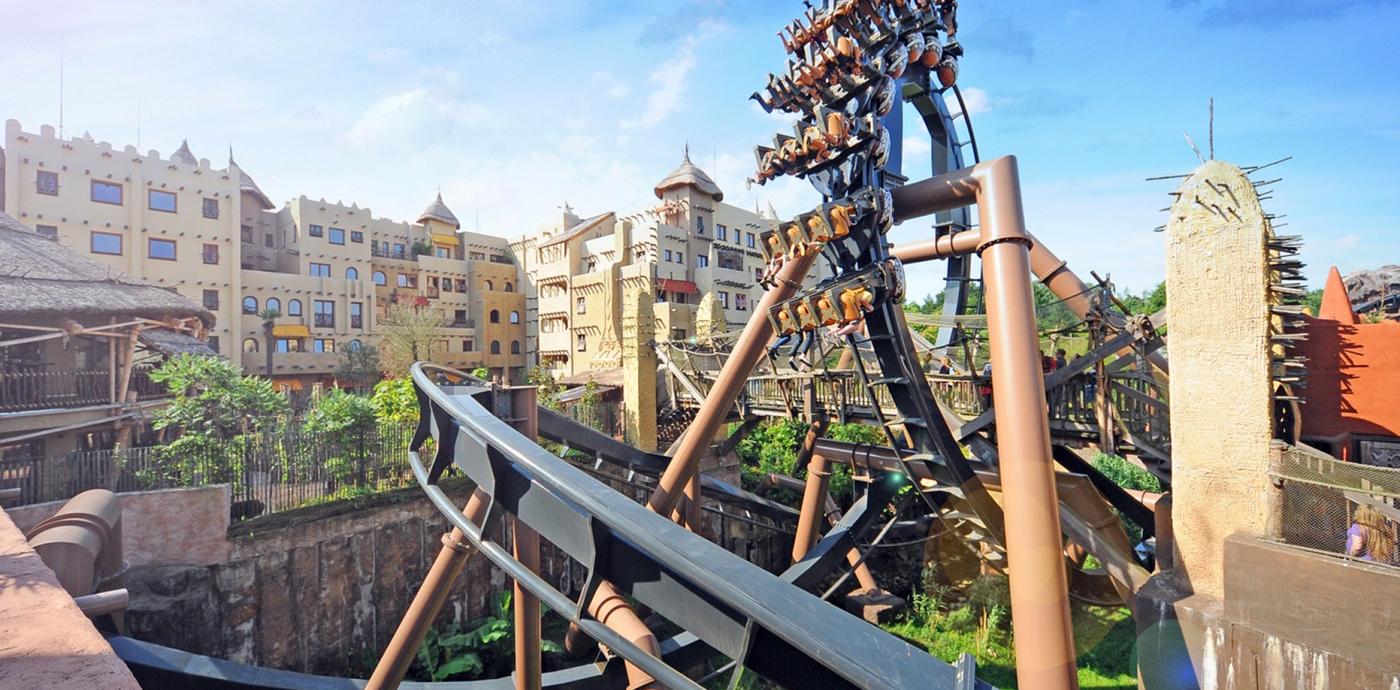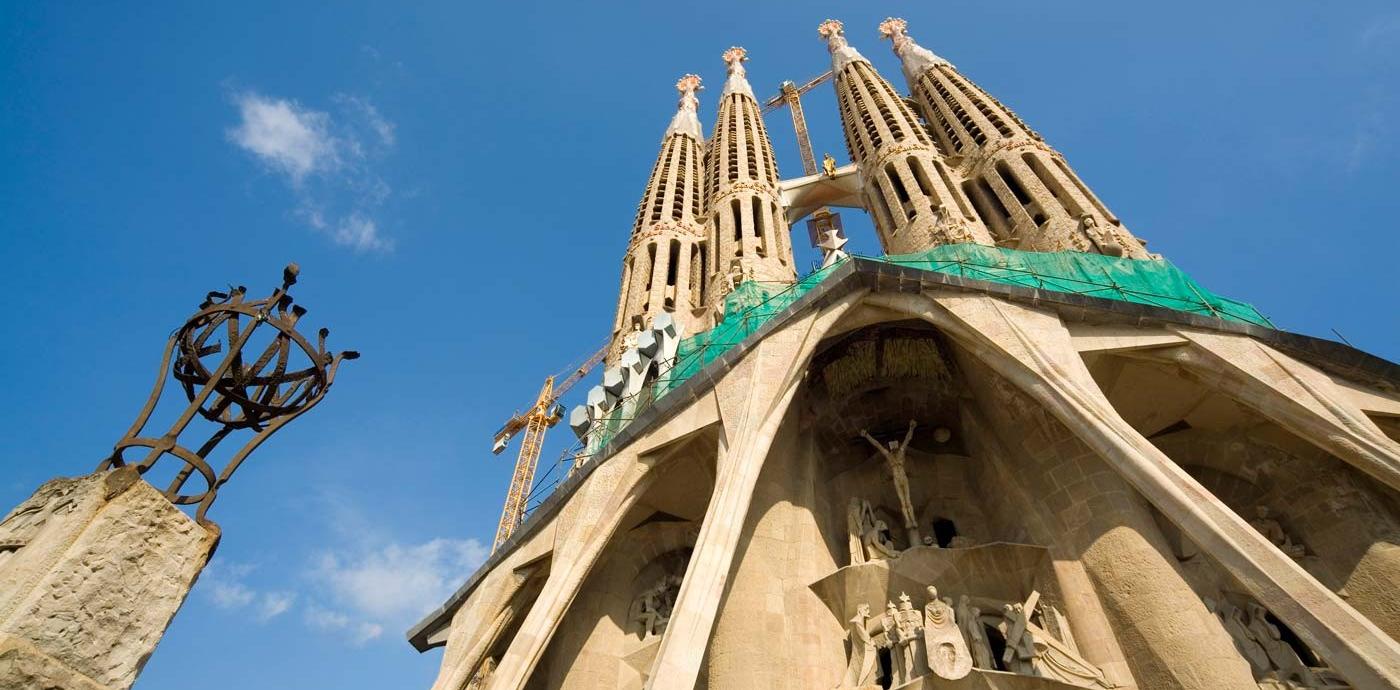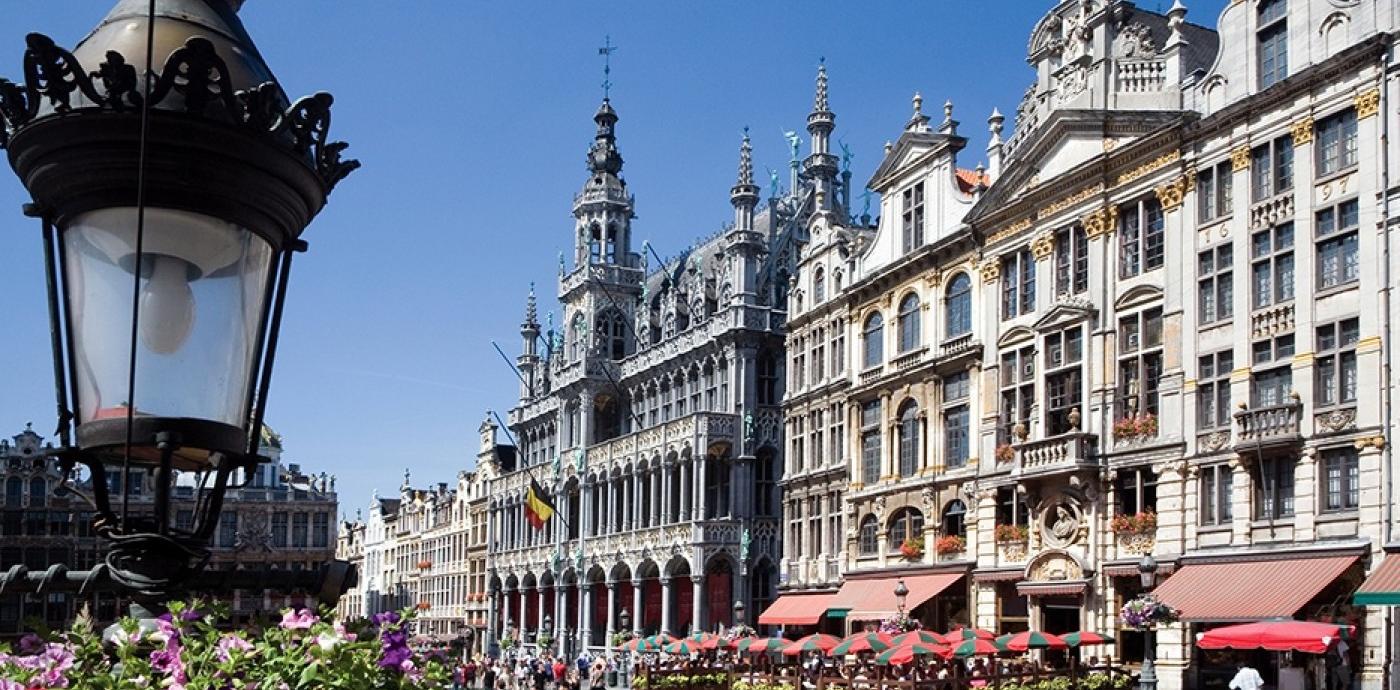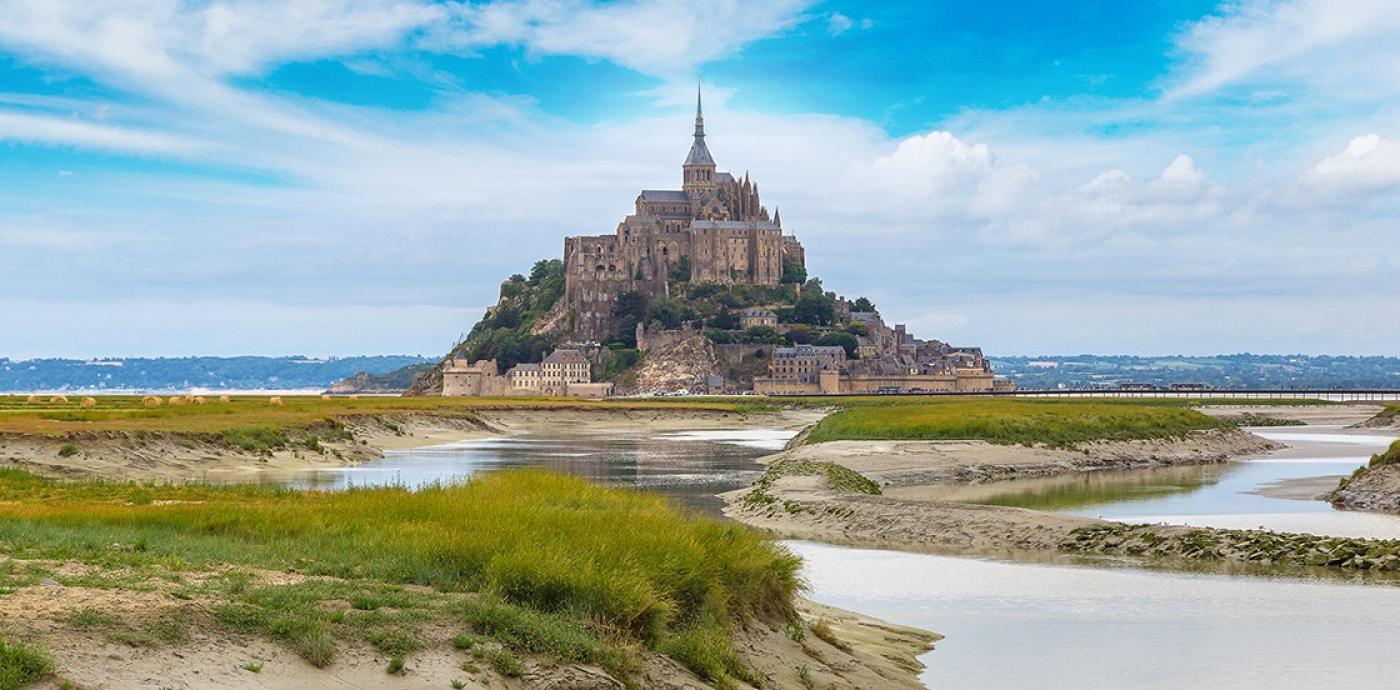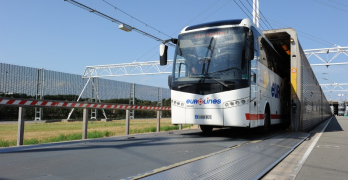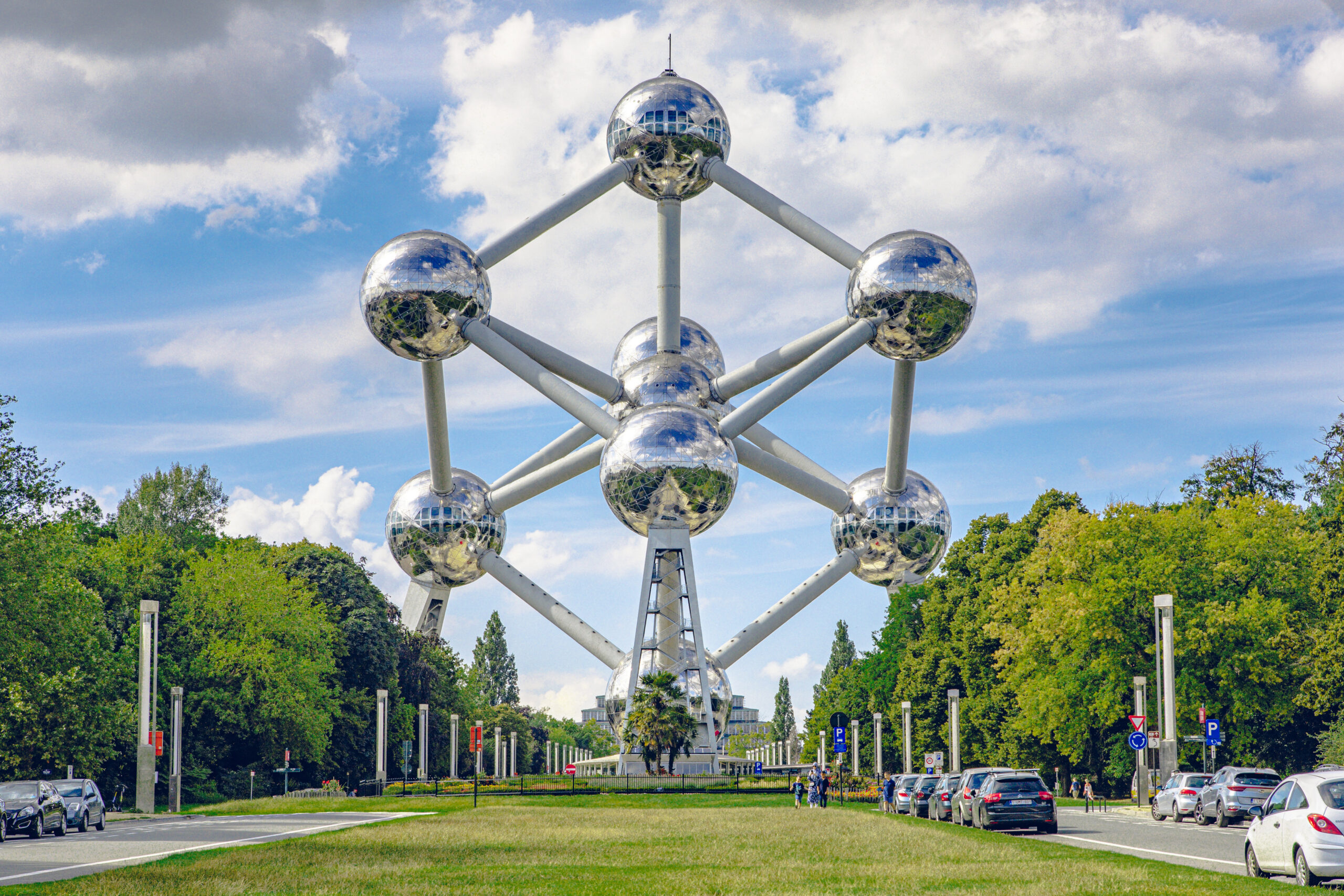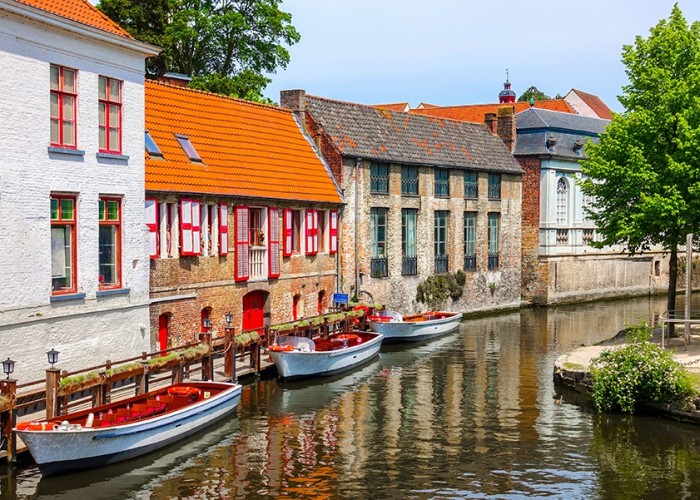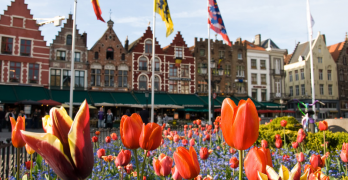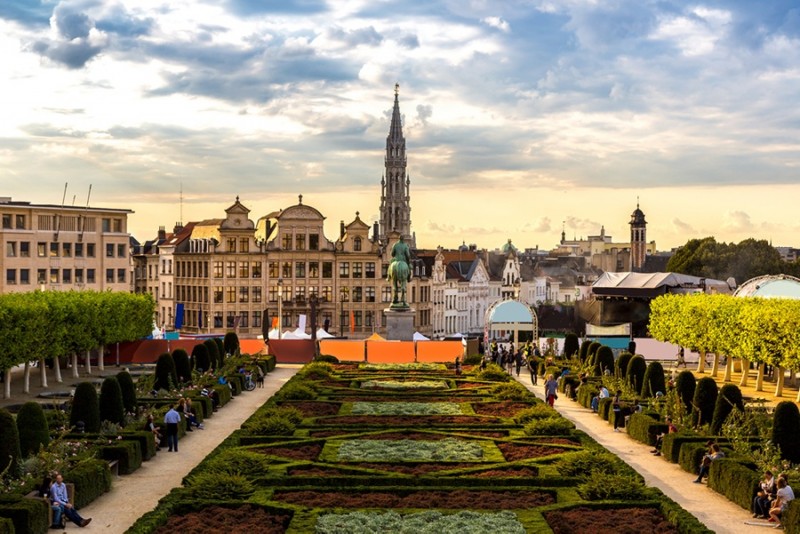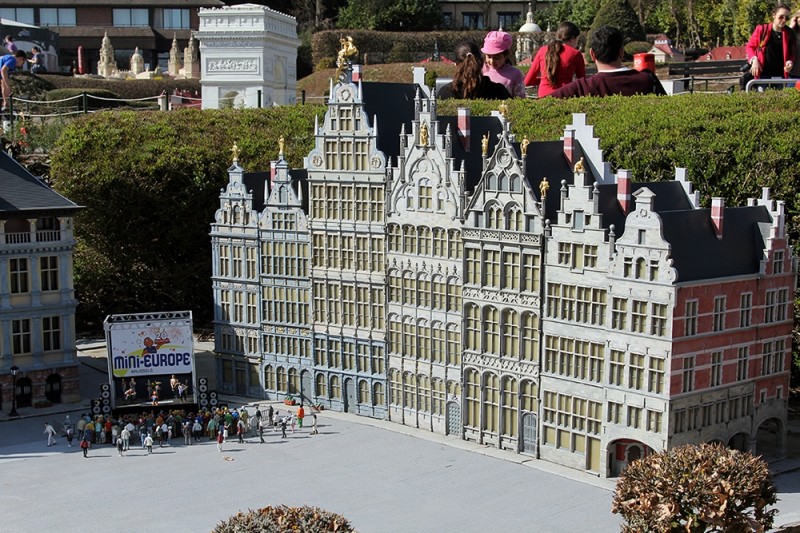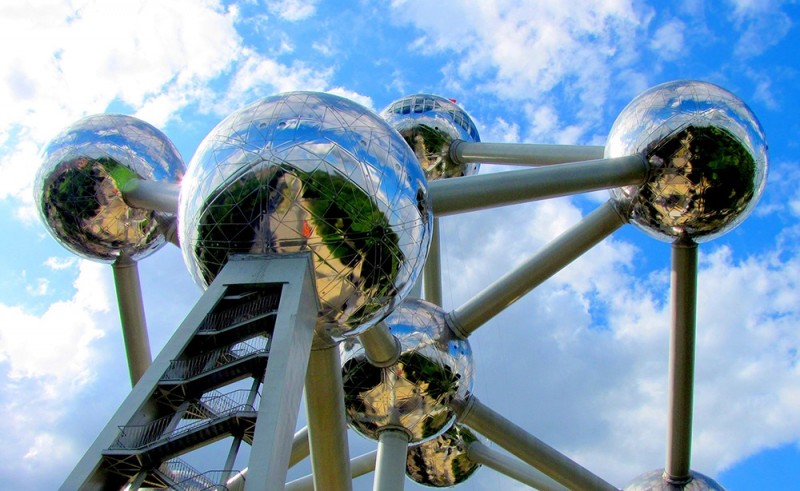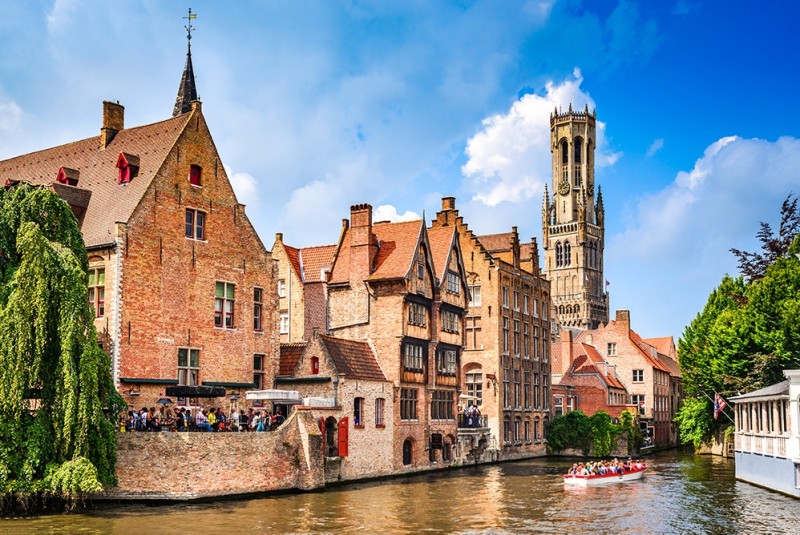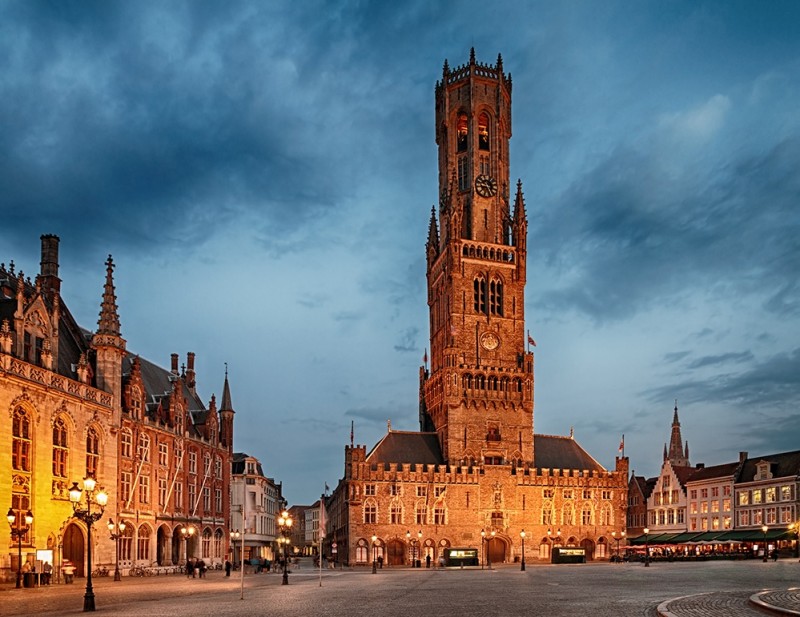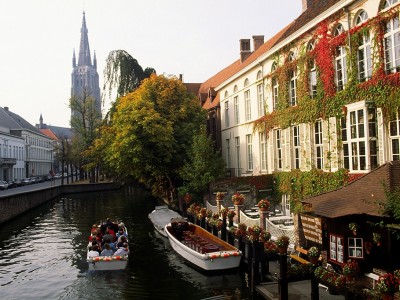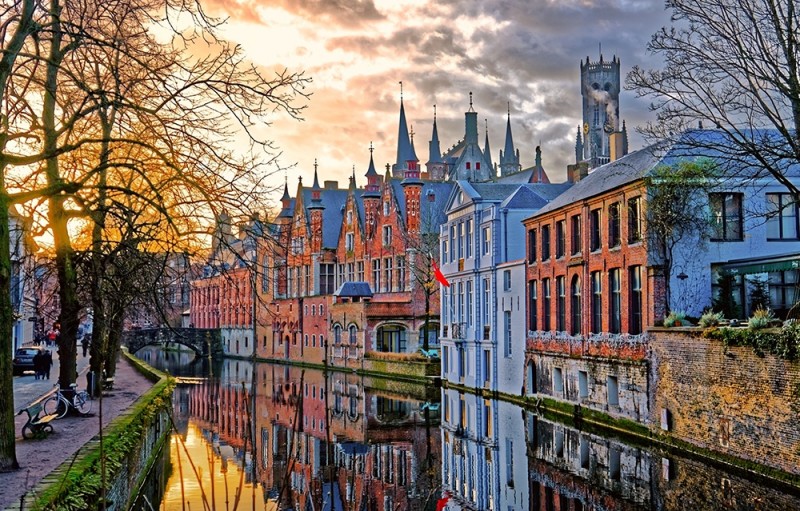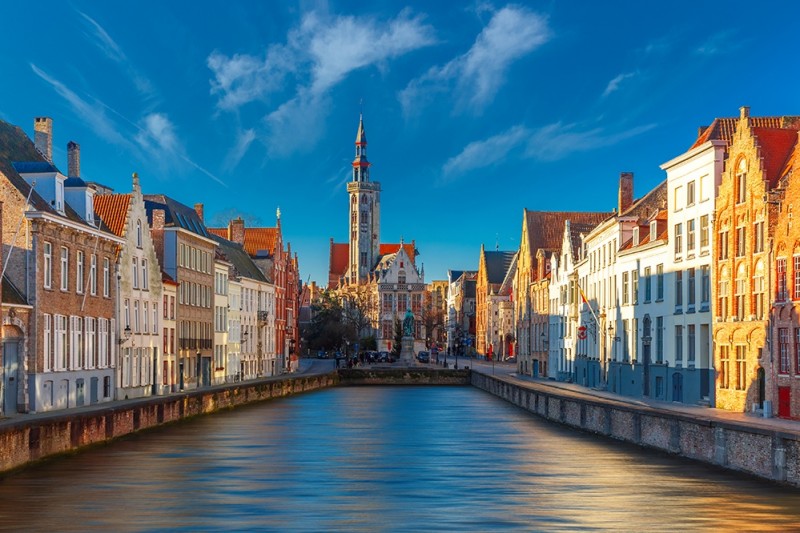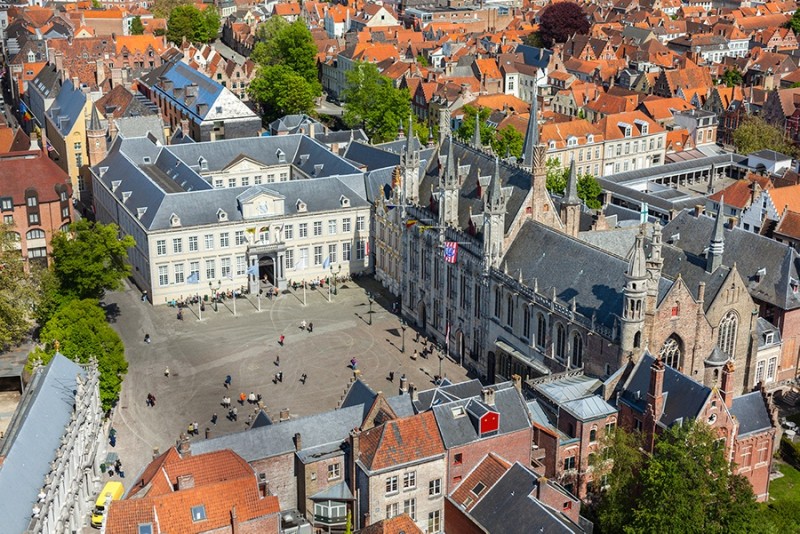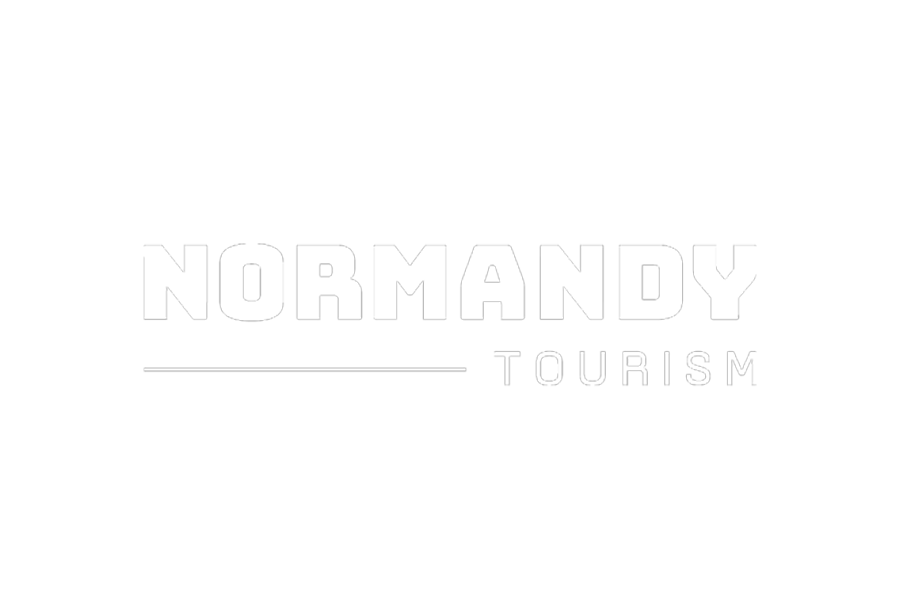Cultural tour to Brussels & Bruges: 4 days, 3 nights
Your cultural tour to Belgium will provide students with numerous opportunities to extend their knowledge and experience of the Belgian culture. Our suggested itinerary offers inspiration but we will tailor make your tour to meet your specific curriculum needs.
Similar tours
Excursion Ideas
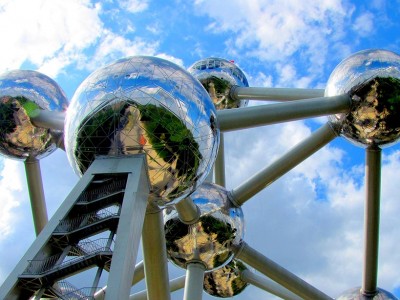
Atomium
Subject range: Cultural, STEM
What you’ll experience: The iconic symbol of Brussels and Belgium, with its unique architecture, the Atomium is the most popular attraction in the city. Built for the 1958 World Exhibition, the Atomium now houses a permanent exhibition about its history as well as temporary exhibitions focused around sciences, design, and society. The upper sphere offers unique and spectacular views across the city skyline.
Select says: The Atomium is shaped on the model of an elementary iron crystal enlarged 165 billion times. Find out more about the Atomium here.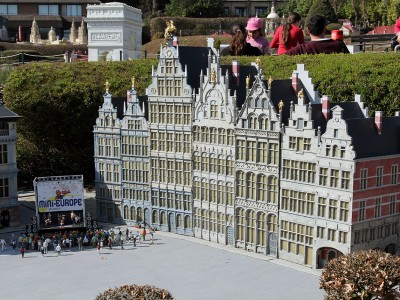
Mini Europe
Subject range: Cultural
What you’ll experience: Mini-Europe is located at the foot of the Atomium. Students can explore 300 models and sites of the most beautiful places in Europe. All the buildings are on a scale 1 to 25.
Select says: Students can make some of the models work themselves, including the eruption of Vesuvius and the fall of the Berlin Wall.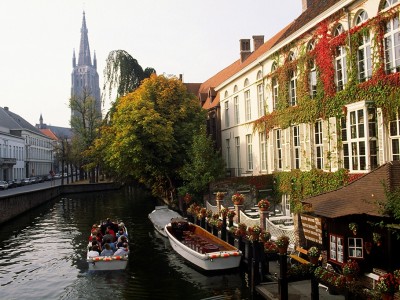
Bruges Boat Cruise
Subject range: Cultural
What you’ll experience: A visit to Bruges isn’t complete without a boat trip on its canals. Go aboard at any of the five landing stages for a half-hour trip that allows you to appreciate the most noteworthy delights of the city from a completely different angle.
Select says: This is a great way to view some of the monuments and centuries-old buildings of Bruges.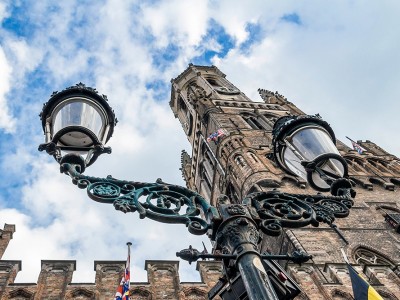
Belfry Tower of Bruges
Subject range: Cultural, History
What you’ll experience: The Belfry Tower of Bruges is a medieval bell tower in the historical centre of the city. It stands 83 metres tall and houses a carillon with 47 melodious bells. After 366 steps your efforts will be rewarded with a breath-taking and unforgettable panoramic view of Bruges and her surroundings.
Select says: The reception area has lots of information about the history.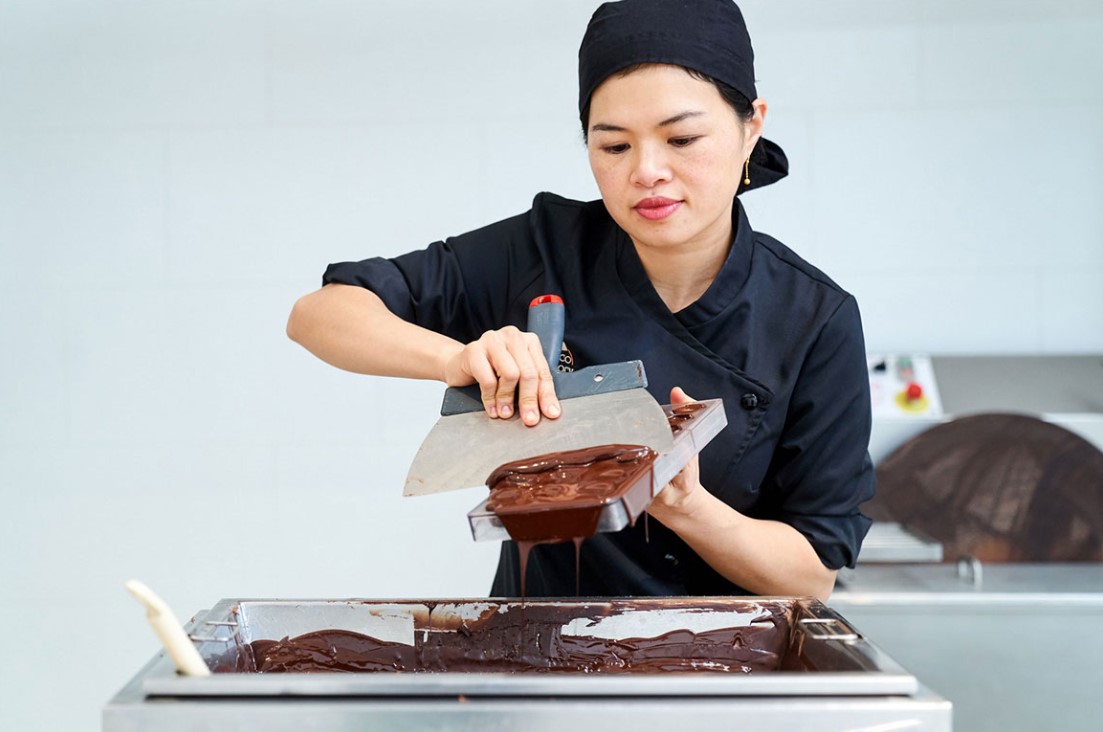
Choco Story
Subject range: Food tech, Cultural
What you’ll experience: Immerse yourself in the world of cocoa and chocolate, cross a Mayan temple, where the beans were eaten 5000 years ago, board Cortes’ boat that brought the cocoa beans back to Europe; discover how chocolate was consumed at the Court of France in the 17th century and then how it was shaped into “Praline” at the beginning of the 20th century in Belgium.
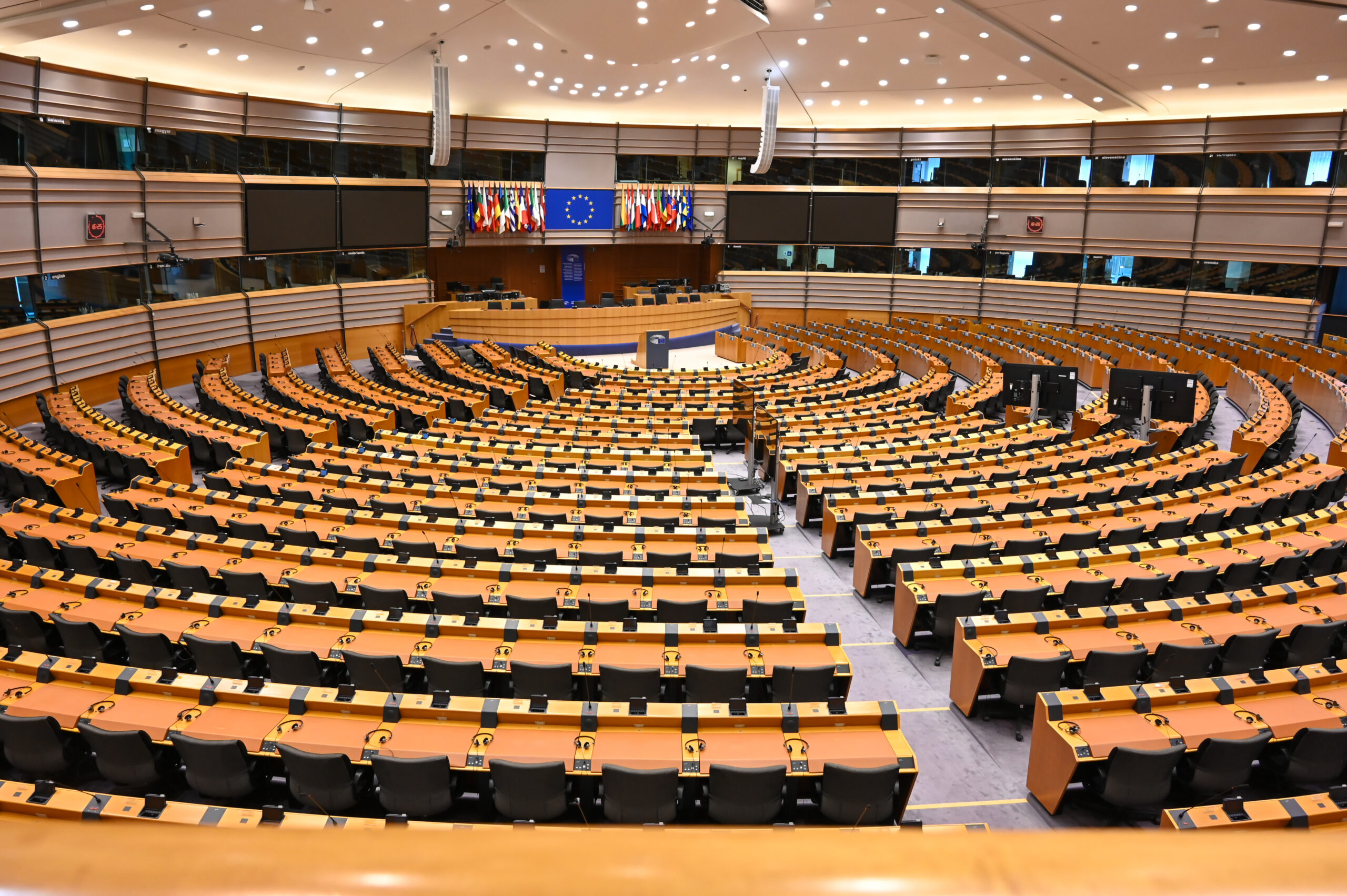
Parliamentarium
Subject range: History, Business Studies, Cultural
What you’ll experience: This is an interactive visitors’ center that offers an engaging look at the workings of the European Parliament and the broader European Union. Through multimedia exhibits, students and visitors can explore the history, role, and functions of the EU, as well as how its decisions impact daily life across member states. The Parliamentarium provides a hands-on experience with features like a 360-degree cinema and interactive maps, making it an informative and accessible way to learn about European politics, democracy, and cooperation in a modern and immersive setting.
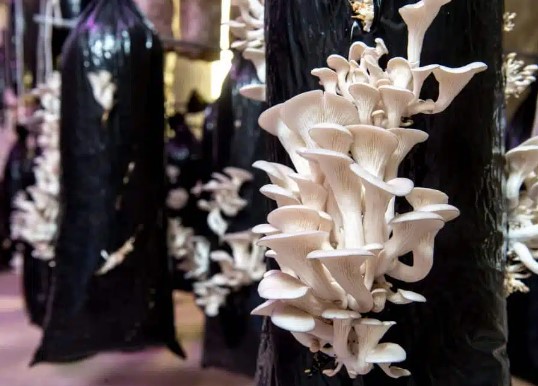
Perma Fungi
Subject range: Cultural, Food Technology, STEM, Business Studies
What you’ll experience: Permafungi is a Brussels-based social purpose cooperative that recycles urban waste – coffee grounds – to grow mushrooms that in turn produce compost and a biodegradable replacement for plastic. Sustainability in action!
Cultural trip to Brussels & Bruges: 4 days, 3 nights Accommodation
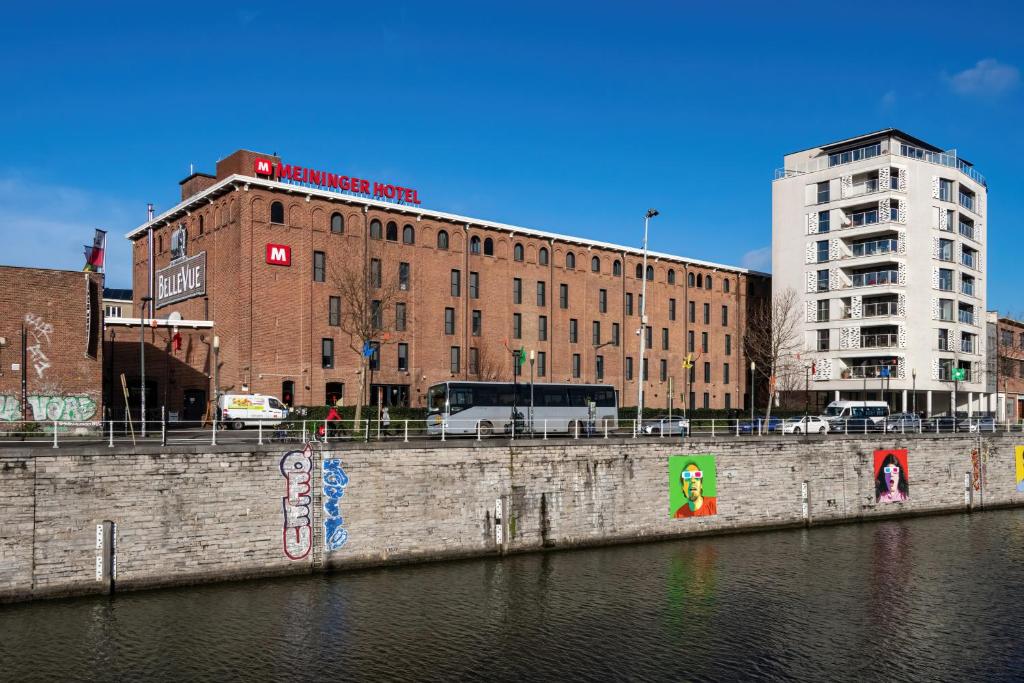
Meininger Brussels City Center
Location: Central Brussels
Capacity: 727
With convenient public transport links and set beside the canal, this modern hostel/hotel provides excellent group accommodation at a good standard.
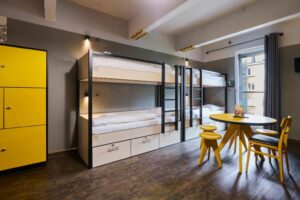

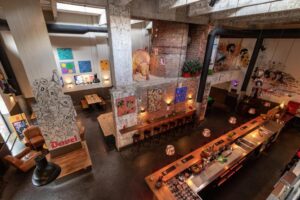

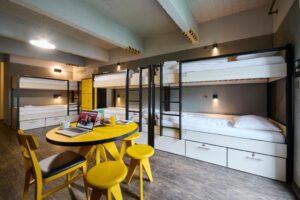
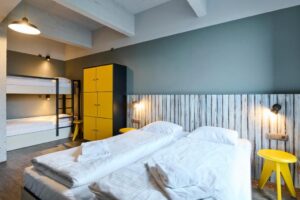

Rooms: Sleep 2-6 people and are all ensuite. They do feature bunk beds.
Facilities: Games zone, terrace, bar, dining room.
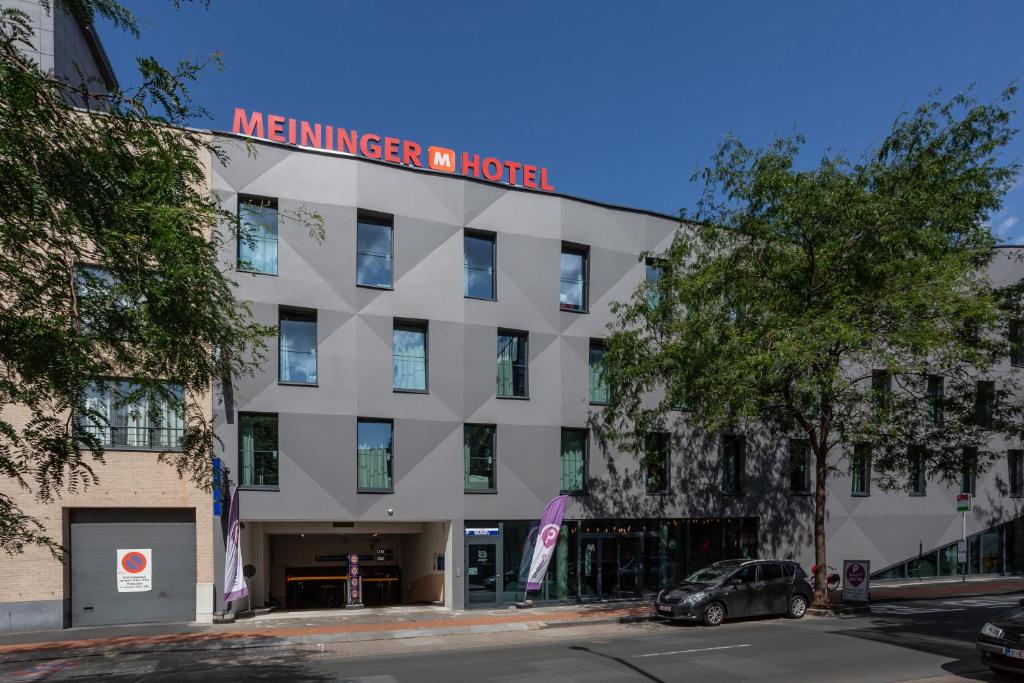
Meininger Brussels Gare du Midi
Location: Central
Capacity: 678
Located within easy walking distance of the old town and several museums and art galleries, this hostel/hotel is very suited to welcoming groups.
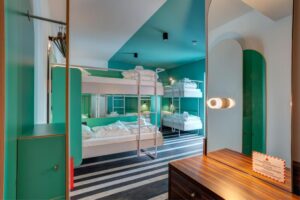

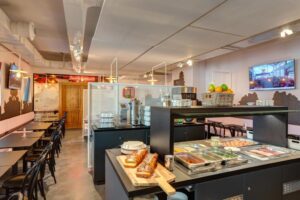
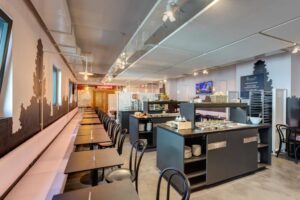


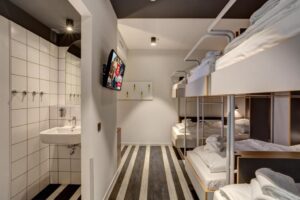
Rooms: Sleep 2-6 people and are all ensuite. They do feature bunk beds.
Facilities: Dining room, terrace.

Youth Hostel Bruegel
Location: Central
Capacity: 191
Within walking distance of many of Brussel's main attractions, this hostel offers basic and convenient accommodation for groups.
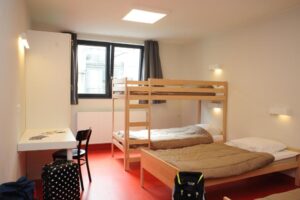
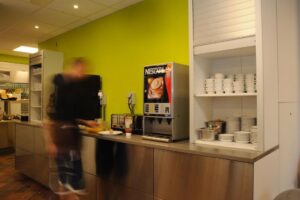

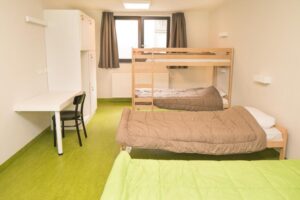
Rooms:
Facilities:
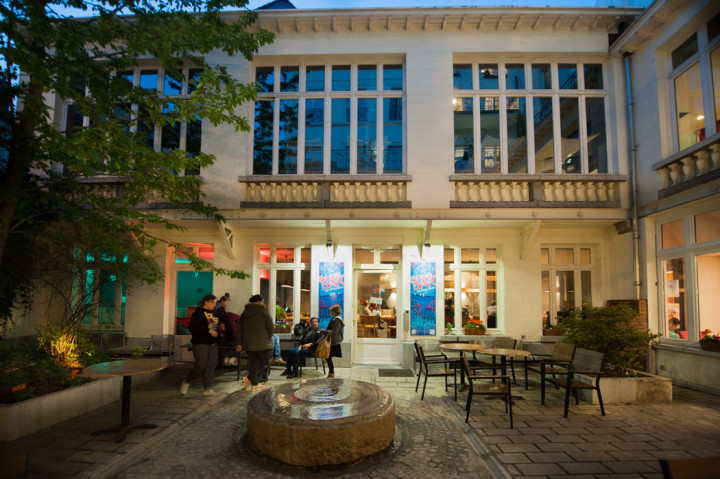
Jacques Brel Youth Hostel
Location: Brussels
Capacity: 170
The Jacques Brel Youth Hostel is a comfortable and friendly group accommodation, ideally located near the centre of Brussels.
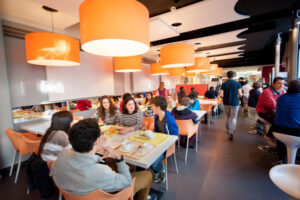
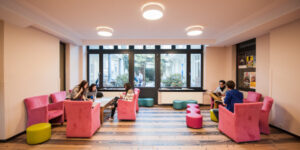
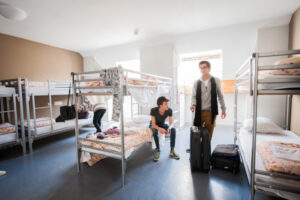
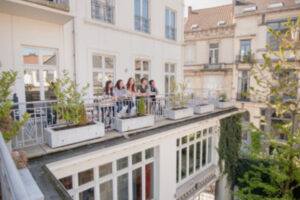
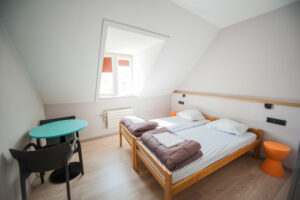
Rooms: Rooms: Multi-bedded rooms with en-suite facilities.
Facilities: Facilities: Common room, meeting room, terrace / patio, lift, bar, restaurant, vending machine, free Wi-Fi, basic shop, lockers available in room, luggage room - available during hostel reception times. Select says: Packed lunches are also available.
Links to Learning
Learning areas:
Why not link your cultural tour to your school PSHE planning? Areas covered could include: gaining self-confidence and independence; working together and making new friends; trying new activities; enjoy healthy, safe, responsible and fulfilled lives; recognising and managing risks; take increasing responsibility for themselves.
For KS3/4 how about linking a cultural tour to the Citizenship curriculum: to enable them to manage their money on a day-to-day basis.
For KS2 how about linking to the Foreign Language curriculum: listen attentively to spoken language and show understanding by joining in and responding; engage in conversations; ask and answer questions; develop accurate pronunciation and intonation; broaden their vocabulary and develop their ability to understand new words.
KS3 Modern foreign language: develop and use a wide-ranging and deepening vocabulary that goes beyond their immediate needs and interests; listen to a variety of forms of spoken language to obtain information and respond appropriately; initiate and develop conversations, coping with unfamiliar language and unexpected responses, making use of important social conventions such as formal modes of address; speak coherently and confidently, with increasingly accurate pronunciation and intonation.
Select Extras:
How about giving your students a taste of the Dutch language pre-tour? Try these children friendly resources:
The Whispering Palms: Learn Dutch with subtitles – Story for Children
(ask the children which words they think are similar to English)
